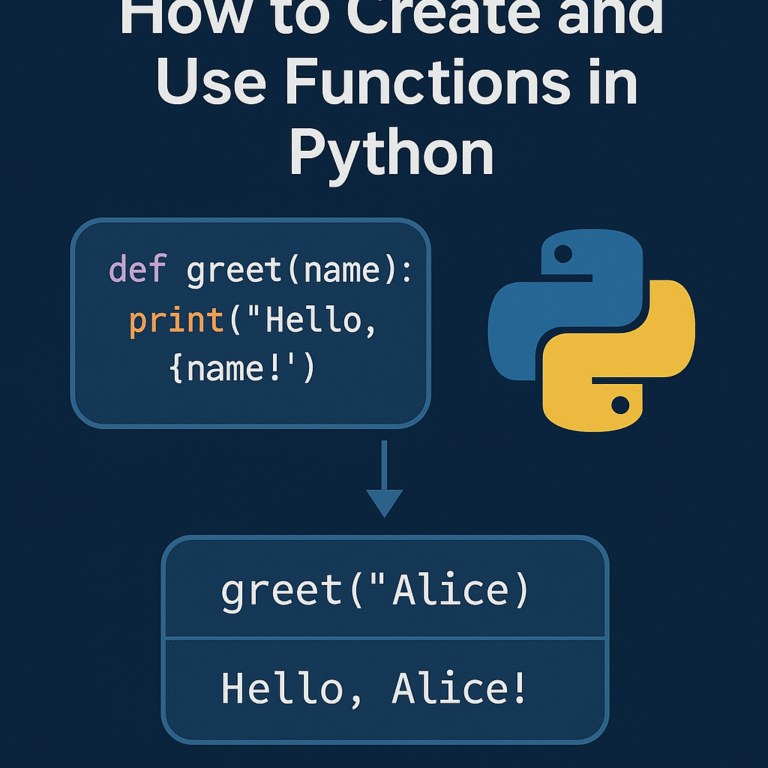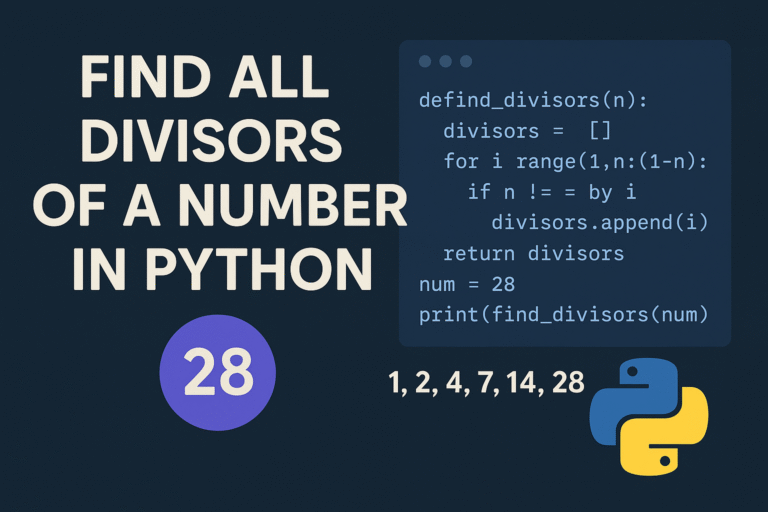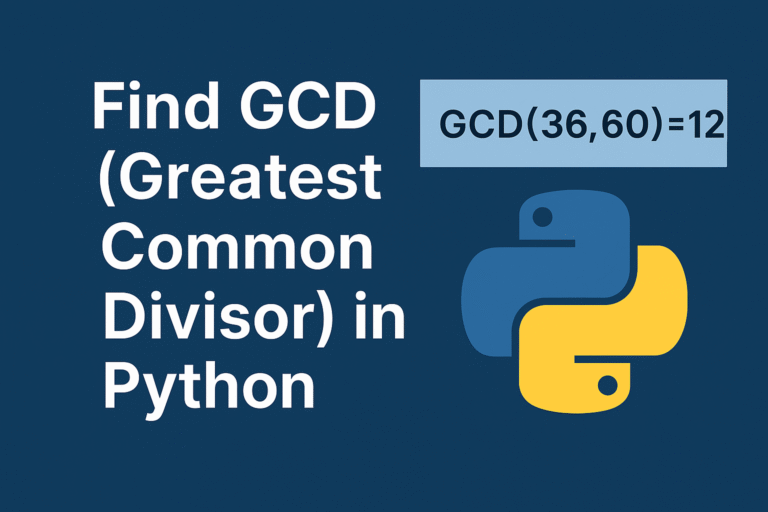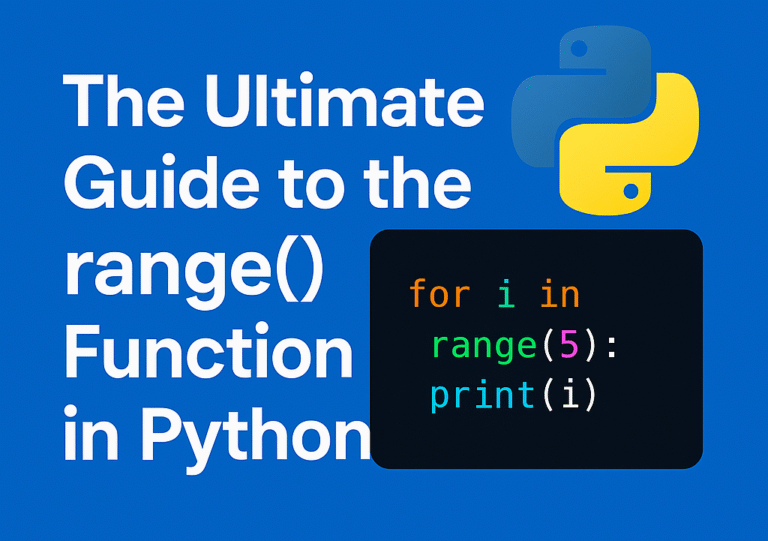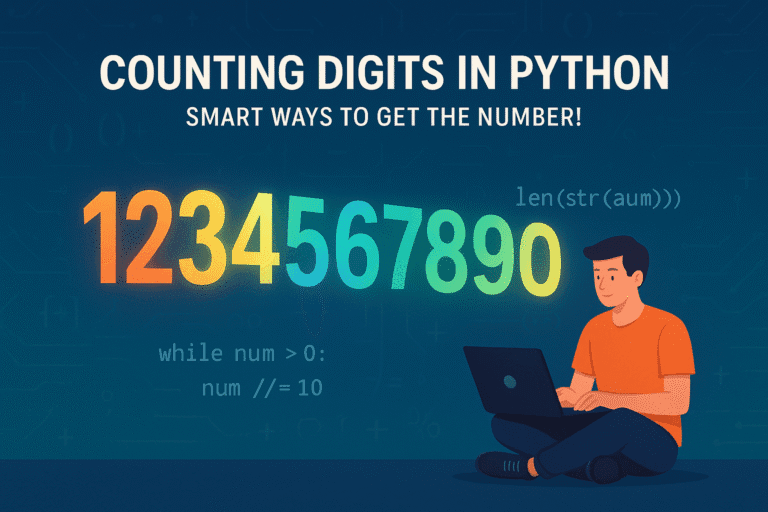How to Create and Use Functions in Python
Just Consider Python functions as mini-programs inside your main program. Just like you have different tools in a toolbox, functions are coding tools that help you organize and reuse your code efficiently.
Before we start building Python functions, let me explain why they are crucial for programming success. When you write code without functions, you repeat the same instructions multiple times. This makes your Python code long, hard to read, and difficult to debug when problems occur.
Python functions solve this problem by letting you write code once and use it many times throughout your program. This concept is fundamental to defining and calling functions in Python, which forms the backbone of efficient programming and software development.

